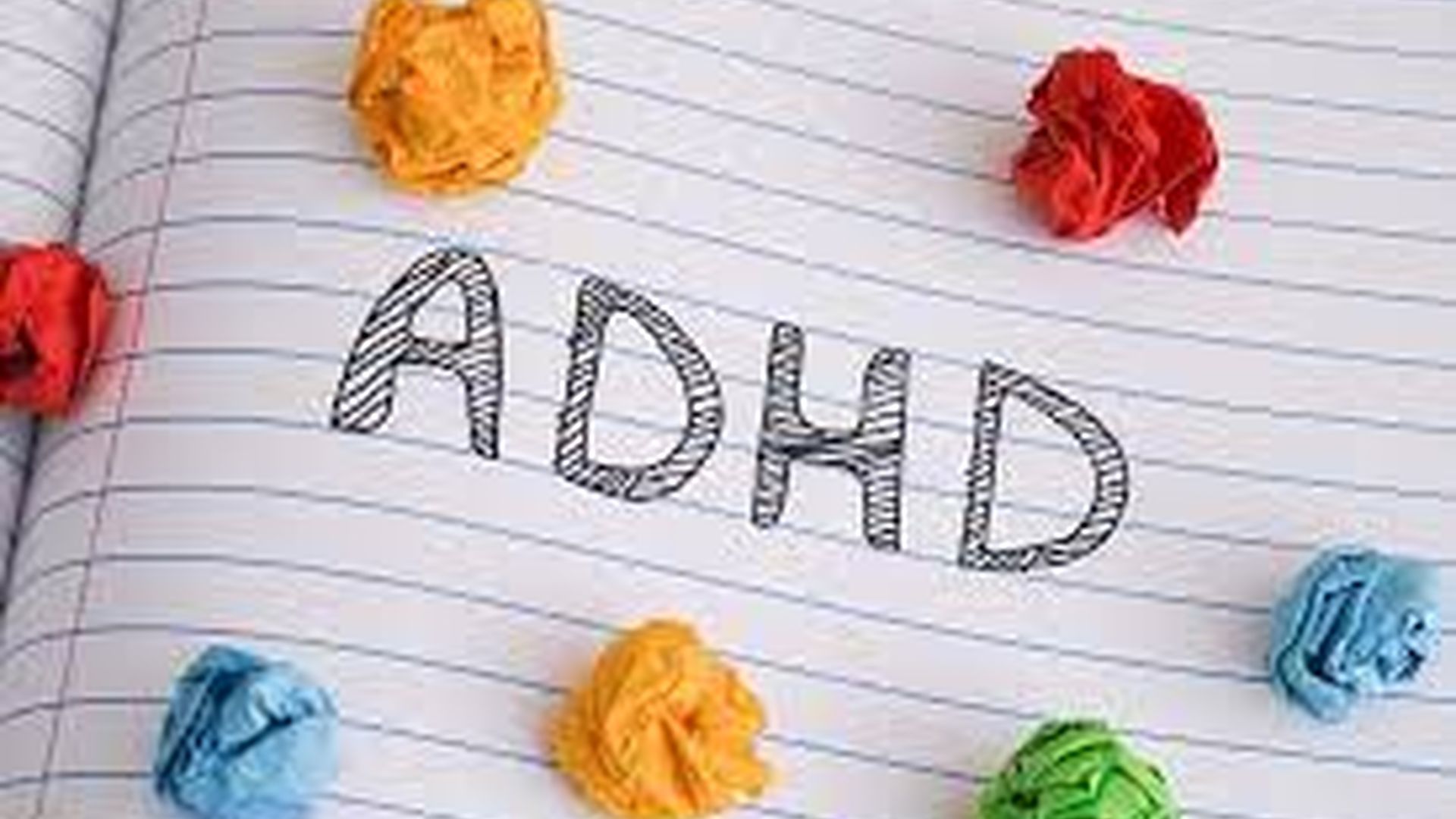
How ADHD Became a Multi-Billion Dollar Industry
Attention Deficit Hyperactivity Disorder (ADHD) is a neurodevelopmental disorder that has captured the attention of researchers, educators, parents, and healthcare professionals alike. Characterized by persistent patterns of inattention, hyperactiv...
An active subscription is required
Already purchased? Sign In
Subscribe
Bundle Preview
This content is not available in your region
How ADHD Became a Multi-Billion Dollar Industry
Attention Deficit Hyperactivity Disorder (ADHD) is a neurodevelopmental disorder that has captured the attention of researchers, educators, parents, and healthcare professionals alike. Characterized by persistent patterns of inattention, hyperactivity, and impulsivity, ADHD presents unique challenges to individuals across various age groups.
The symptoms of ADHD manifest differently in individuals, often leading to misdiagnosis or misunderstandings. Inattention symptoms may include difficulty sustaining focus on tasks, overlooking details, and being forgetful in daily activities. Hyperactivity symptoms manifest as restlessness, excessive fidgeting, and difficulty engaging in tasks quietly. Impulsivity involves acting without forethought, interrupting conversations, and struggling to wait for one's turn. The combination of these symptoms can vary in intensity, creating distinct subtypes of ADHD: predominantly inattentive, predominantly hyperactive-impulsive, and combined presentation.
The exact cause of ADHD remains elusive, though a combination of genetic, environmental, and neurological factors is thought to contribute. Genetics play a significant role, as ADHD tends to run in families. Brain imaging studies reveal differences in brain structure and function among individuals with ADHD, particularly in regions related to attention and impulse control. Prenatal factors such as exposure to toxins, maternal stress, and premature birth have also been explored as potential contributors.
The impact of ADHD is far-reaching, affecting various aspects of an individual's life. In educational settings, students with ADHD may struggle to concentrate in class, leading to academic underachievement and frustration. Social interactions can be challenging due to impulsive behavior and difficulty reading social cues. Additionally, adults with ADHD may face difficulties in maintaining organized workspaces, managing time effectively, and sustaining long-term relationships.
Thankfully, a range of treatment options are available to help individuals manage ADHD symptoms. Behavioral therapies, such as cognitive-behavioral therapy (CBT) and psychoeducation, provide coping strategies to improve attention, impulse control, and self-esteem. Medication, often stimulants like methylphenidate or amphetamines, can also be prescribed to enhance neurotransmitter activity in the brain regions responsible for attention and self-regulation.
In conclusion, ADHD is a complex neurodevelopmental disorder that significantly impacts individuals across their lifespan. Its symptoms, potential causes, and wide-ranging effects underscore the importance of accurate diagnosis and comprehensive treatment approaches. By understanding the intricacies of ADHD, society can better support individuals with this condition, enabling them to navigate challenges and harness their unique strengths.
Categories: Documentaries

